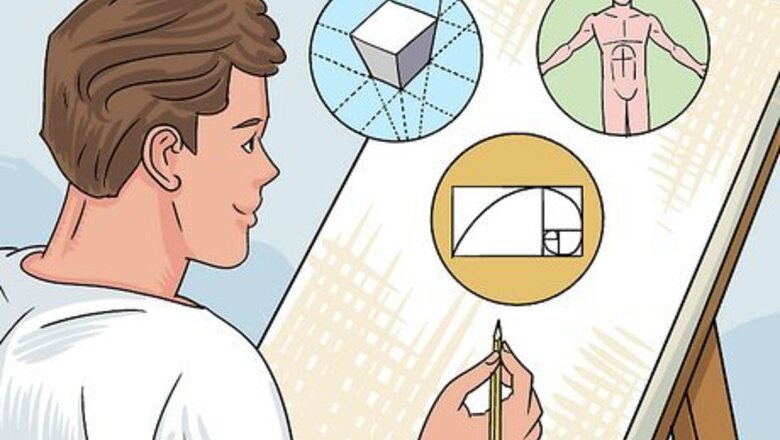
views
Learn the basics.
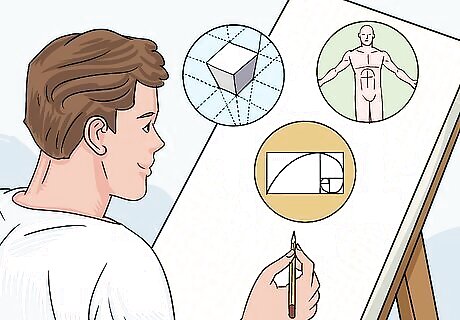
Give yourself a foundation with basic art skills. Art fundamentals, like perspective, anatomy, and composition are important building blocks in your art career. These skills may seem basic, but they’ll make a big difference in your future art pieces.
Read and watch tutorials.

YouTube videos and art-related articles can be great stepping stones. As you first get started, Google specific art skills or concepts that you’d like to focus on. Videos and articles are easy, free ways to hone your craft. You might search “oil painting techniques” or “how to draw hands” online.
Sign up for online classes.
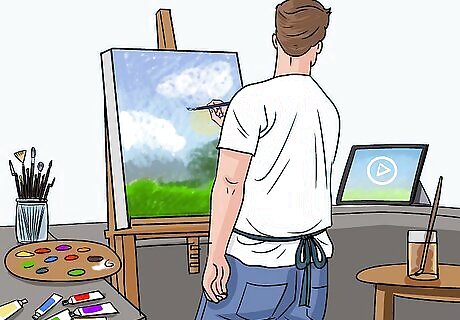
Pick an online class that fits your art niche. From traditional sketches to digital art, there are tons of classes out there that can help you refine specific art skill sets. Search online for classes run by professional artists—these are great, hands-on ways to improve your skills. A lot of professional classes cost money. However, some universities offer free art classes. Sites like Udemy and Skillshare are great places to find online classes.
Start with small projects.
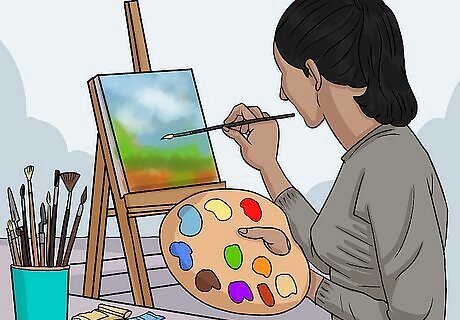
Recreate simple subjects on a small canvas. Don’t try to make a large, complicated painting or portrait right off the bat. Instead, grab a small canvas and work from there—this will be a lot easier and much less overwhelming than following an in-depth tutorial for a big painting. An 8 by 8 in (20 by 20 cm) canvas is a great place to start.
Study other artists.
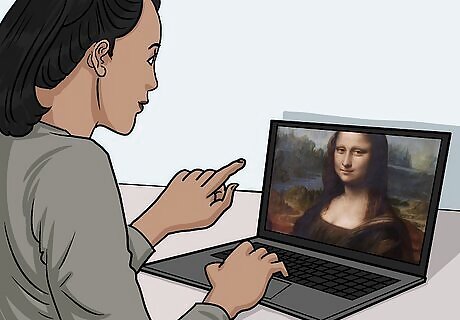
Look at well-known art pieces and see what techniques are used. Don’t directly copy or trace another artist’s work; instead, focus on the specific brush techniques they used, and how they layered and blended different aspects of their work. Iconic artists, like Da Vinci and Van Gogh, are great to reference and learn from.
Practice regularly.
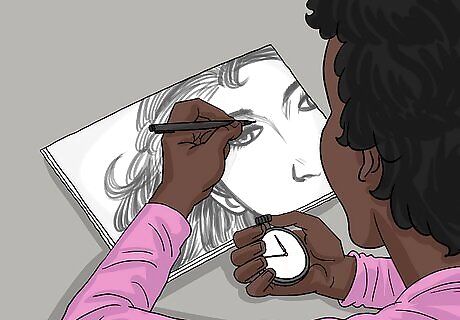
Dedicate time to your craft every day. It’s okay if your schedule is jam-packed. Even a half-hour of drawing each day can help you improve and grow!
Document all your art.
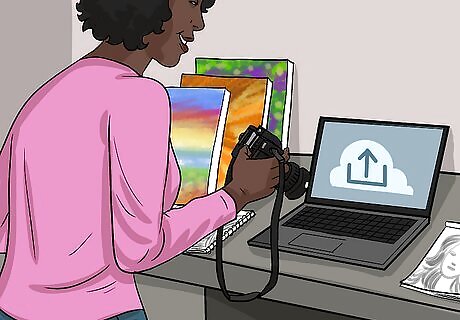
Post your art on social media. A social media account, like Twitter or Instagram, is a great way to chart your starting point and an even greater way to track your progress. Once you’ve created a lot of art, you might even compare your older works to your newer ones and see what’s changed.
Join the art community.
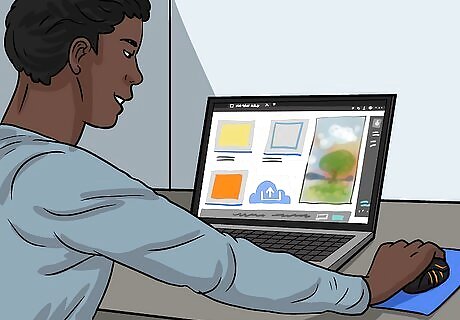
The art community is a great way to connect with other artists. Network with artists on social media, or enter art competitions and exhibitions. You might also interact with other artists through forums and demonstrations.
Ask for feedback.
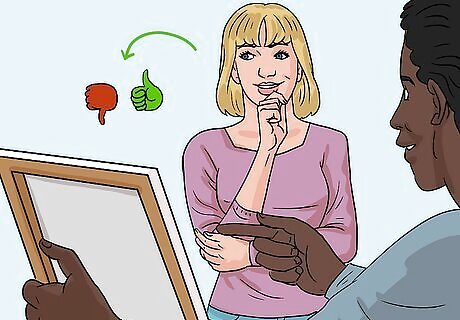
A second pair of eyes can be a big help. Ask a friend or art acquaintance to take a look at your artwork. They can help point out areas of improvement, so you know what to focus on in the future.
Go easy on yourself.
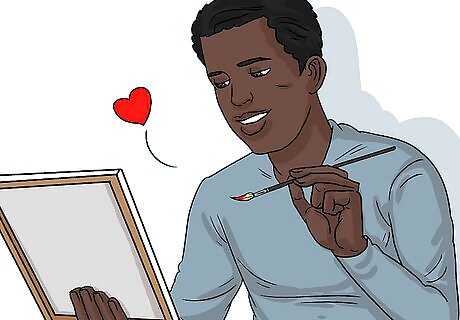
Don’t compare your art to other artists. Becoming a self-taught artist is a long journey. Instead, love and accept your art for what it is instead of expecting it to be of professional caliber right away.


















Comments
0 comment